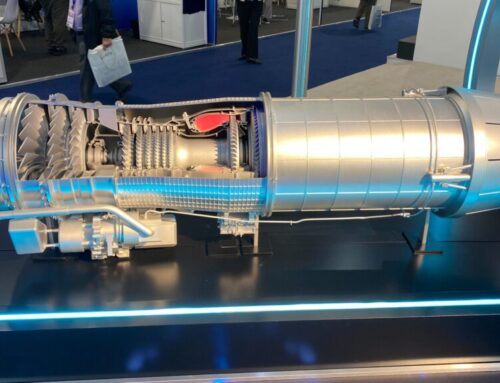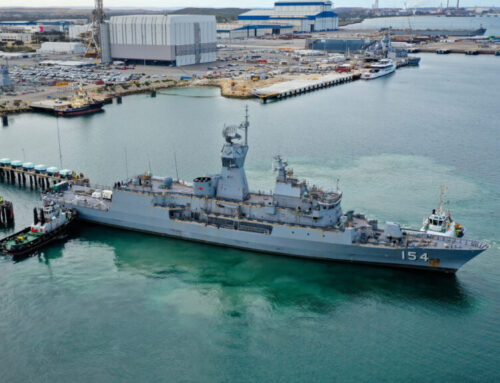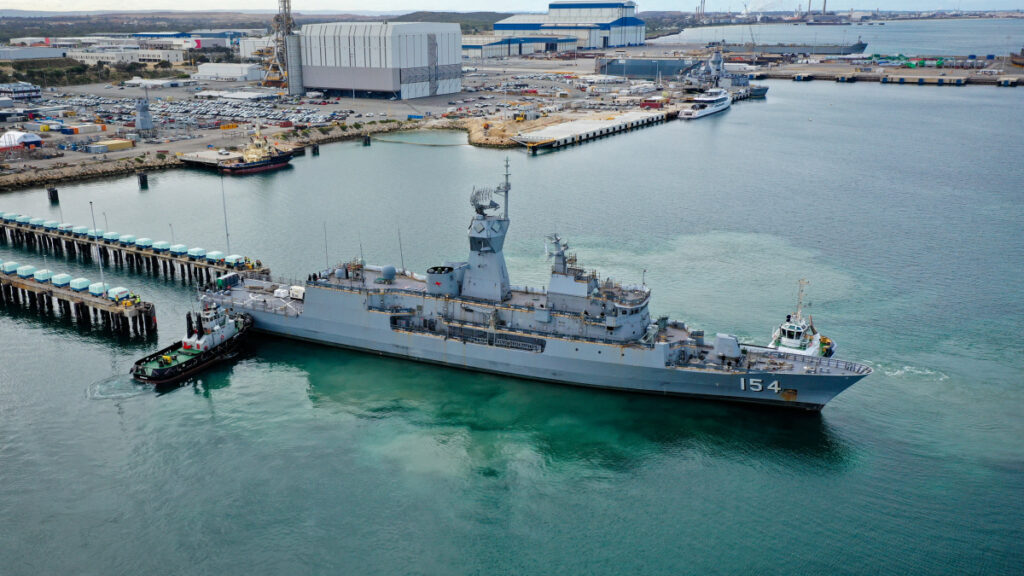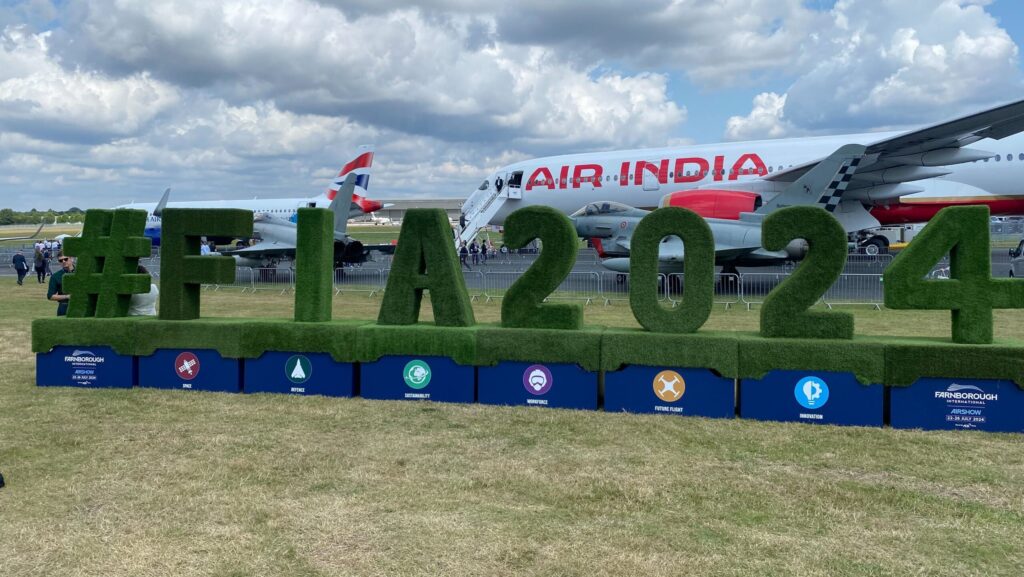US Senators Andrew Sullivan, Tammy Duckworth and Laphonza Butler (left to right) take questions from the press at Shangri La Dialogue in Singapore. (Colin Clark / Breaking Defense)
SHANGRI LA DIALOGUE — The United States must significantly increase defense spending in the face of an aggressive China, according to both Democratic and Republican senators who traveled here to Singapore for the Shangri La Dialogue.
“I do think that we should be spending more. I do think that our Navy is shrinking,” Sen. Tammy Duckworth of Illinois, a US Army veteran, said. “I do think that we’re cutting in places where we shouldn’t be cutting and I do think that we need to make significant investments in our ability to defend ourselves and also to project our power overseas.”
“That said,” she was careful to say, “I don’t know if there’s a magic number, and I wouldn’t commit to that. But I do think that Senator [Roger] Wicker is putting something out there to get people talking, and I certainly welcome that conversation.”
Duckworth was referring to a plan floated this week by Wicker, the senior Republican on the Senate Armed Services Committe, to drastically increase US military spending to 5 percent of GDP and add $55 billion to next year’s budget. Her new comments were in response to a question from Breaking Defense to the bipartisan delegation at the Shangri La Dialogue, the premier defense policy event in Asia run by the London-based International Institute for Strategic Studies, about whether Wicker’s goal was a reasonable one. Sitting next to Duckworth, Sen. Dan Sullivan said he agreed the military needs more money.
“This current budget — the Biden budget — shrinks, the Army shrinks, the Navy, the Marine Corps right now,” said Sullivan, a Republican from Alaska and Armed Services Committee member. “The next year’s budget might take us below 3 percent of GDP, which is a number that we’ve been at four times in the last 80 years. Okay, that’s not a good number.”
As next year’s National Defense Authorization Act, the main defense policy bill, is hammered out in markup in the next 10 days, Sullivan said, “I’m certainly going to vote for an increased top line. And I’ll tell you something else in the committee that we’re working on that Roger Wicker and many others myself … are working on: It’s our ability to build ships.”
He pointed to projected decline of the US Navy fleet to 287 ships.
“The PLA by the end of this decade will have 435 Navy ships. Now, our ships are generally of much higher quality, but at a certain point, particularly in the Navy, quantity becomes a quality all of its own,” Sullivan said, highlighting that the US Navy projects to have 287 ships by the end of fiscal 2025. “We will be at the end of this decade having a Navy that’s almost 150 ships smaller than the PLA Navy. And if you don’t think that’s the wrong direction, the vast majority of the senators on armed services — Democrats or Republicans — think that this shipbuilding issue is a crisis. And we’re going to start addressing it in this year’s NDAA.”
Duckworth agreed about ships, but also highlighted other logistics necessary for long-distance fighting.
“We don’t have enough fuselages for long-range refueling,” she said. “Our TRANSCOM command absolutely needs more equipment. And let’s not forget our merchant mariners. We do not have enough ships in the Merchant Marine fleet. And we don’t have enough merchant mariners in order to meet the need should we have a kinetic fight in this region.”
Duckworth also voiced strong support for increased funding for the Coast Guard, which plays an important role in training and supporting allies and partners in the Indo-Pacific. She was backed up by Butler, especially in terms of the Indo-Pacific.
“I think the point about the Coast Guard cannot be made more [emphatically], and should probably be made even more by all of us,” Butler said. She pointed to what she said was “the highest demand we’ve ever seen, and our investment probably should start to match that.”






![The sights from the 2024 Farnborough Airshow [PHOTOS]](https://centurionpartnersgroup.com/wp-content/uploads/2024/07/IMG_8722-scaled-e1721930652747-1024x577-hZjwVb-500x383.jpeg)




